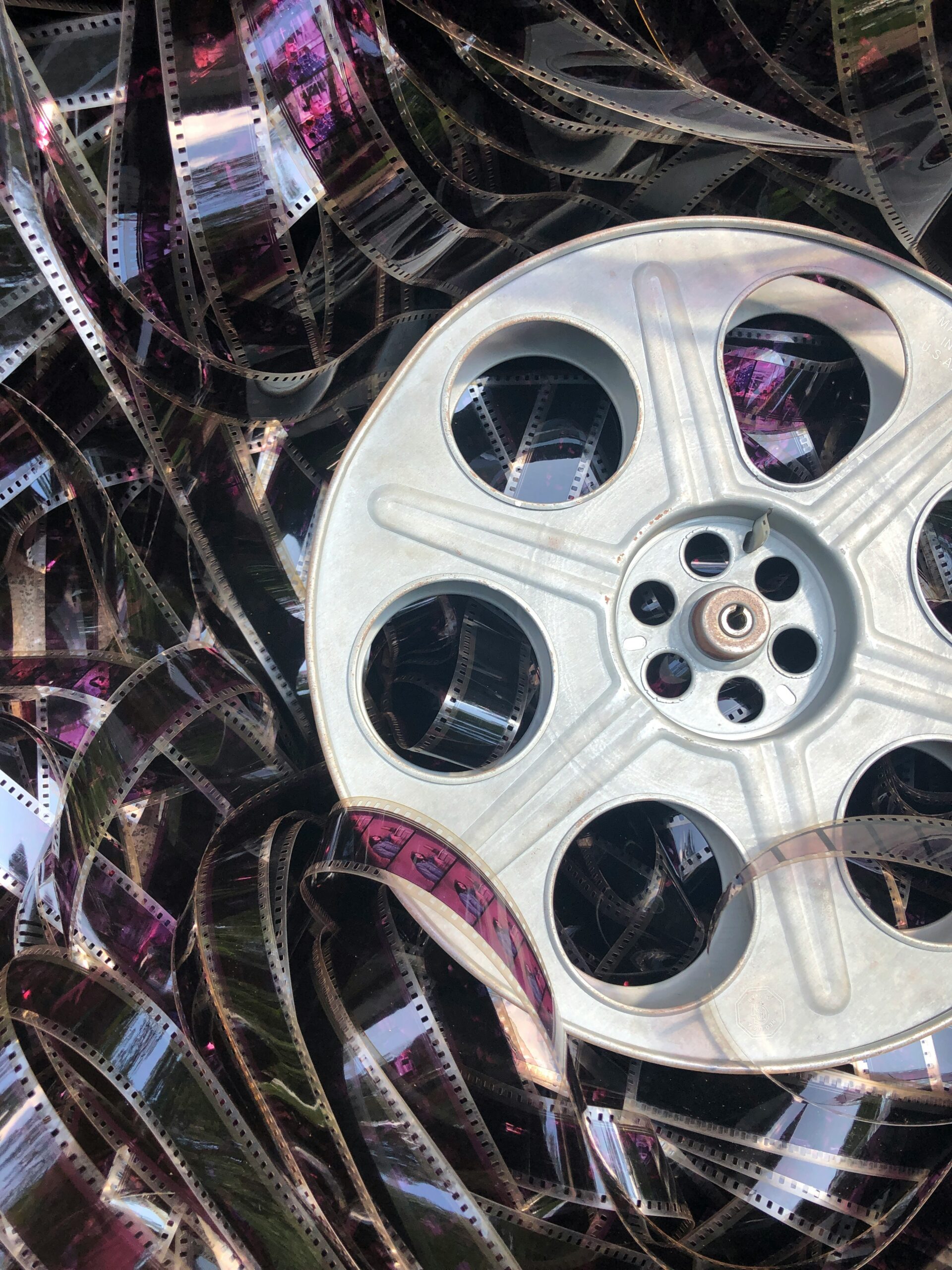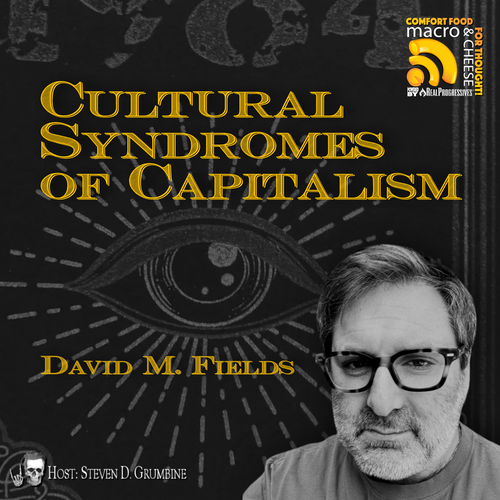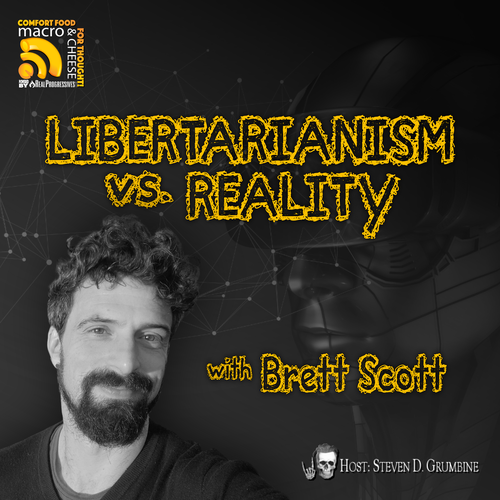Star Wars has had its ups and downs as a franchise, but one thing that will never stop being cool is lightsabers. Lasers and spaceships are neat, but a sword made out of light ignites the imagination. As a kid, I spent countless hours playing with my toy lightsaber. Love or hate the prequel trilogy, the lightsaber duels are always fun to watch. So why can’t we say that about the sequel trilogy? Why does lightsaber combat change so drastically between trilogies?
To understand a film, we can’t just look at the finished product—we have to examine its production to see the whole picture. Changes in how movies are made shape the final result. We wouldn’t keep going to see the same film over and over. But seeing new movies is an experience we share with our friends and families. New special effects or exciting roles for performers get people talking. That’s what makes going to the movies an event.
We didn’t have much money growing up, so a trip to the movies was a special occasion. Seeing the Star Wars prequels in theaters as a kid awakened a passion in me. I eventually started a movie club and fell in love with classics like Casablanca and Citizen Kane. Movies evoke more emotion when experienced with a group. Even during the sequel trilogy, I got chills every time the Star Wars title crawl appeared, accompanied by its iconic theme.

The first Star Wars film—Episode IV: A New Hope—featured slow, very defensive lightsaber combat. Darth Vader deflects as much as he attacks, and Obi-Wan simply lets Vader strike him at the end of their duel. Early samurai films heavily influenced George Lucas’s portrayal of cinematic combat. The media a director consumes influences their work—either by inspiring imitation or by encouraging deviation.
Lucas originally wanted to make a Flash Gordon movie but had to settle for creating his own space fantasy. It could have been a western or another sci-fi franchise that inspired him, but the idea of a space movie lit a fire in his imagination. The next challenge was bringing his big space epic to life with 1970s technology.
The original trilogy used reflective metal rods for lightsaber props, which were later animated using rotoscoping. But actors getting repeatedly hit with metal sticks was a problem. To minimize injury, the combat was slow and defensive—resulting in the original trilogy’s distinct lightsaber style.
The prequel trilogy used lightweight, thin rods perfect for stunts. The first major villain—Darth Maul—was played by a martial artist rather than a typical actor. These light props enabled faster, flashier combat, which helped make the prequels so captivating for younger audiences.
The sequel trilogy, however, used bulkier replica lightsabers. While these made it easier to add the lightsaber effect in post-production, they sacrificed speed and fluidity. The result was slower, more drawn-out fights that didn’t do much to support already lackluster plots.

Production methods never stay the same—they’re always evolving. The greatest leaps in cinema often come from changes in how films are made. These leaps might be technological, societal, or narrative in nature.
One of the greatest films ever made was Citizen Kane. Though outdated by today’s standards, in its historical context it pioneered many trends that became industry standards. It wasn’t the first film to use deep focus, flashbacks, or dramatic lighting—but Orson Welles’s decision to combine so many techniques created a novel cinematic experience that influenced generations of filmmakers.
Citizen Kane explored every way light could be filmed with the technology of its time. From under-lighting a character to make them appear menacing, to hiding faces in shadow until a dramatic reveal, to scenes of shadow puppetry—light was a narrative tool. Even the absence of light became a storytelling device. Lighting is integral to every film set. Even when filming outdoors, scenes must be timed to take advantage of natural light. Finding new ways to use foundational tools like lighting shows true cinematic mastery.
Lightsabers immediately grab your attention. Giving characters weapons made of light made Star Wars action scenes more dramatic and visually stunning. The prequel trilogy used computer-generated light to match its fast-paced choreography. The sequel trilogy wasn’t trying to do anything new—it didn’t try to find innovative ways to film light. Replica lightsabers weren’t designed to enhance action; they were used to make post-production easier and cheaper.

Once we understand the importance of production and our relationship to it, we can’t unsee it. Those who control production control society. Are movies being made as artistic expressions of human creativity—or just because they’ll make money?
George Lucas took care of his investors and ensured returns—but he also found a balance between capital and art, creating something people of all ages could enjoy. Indie director Kevin Smith once said, “We can keep making movies because we’ve never lost anybody any money.” But now that Star Wars is just another property owned by a media monopoly, its only purpose is to generate profit.
Our relationship to production shapes every aspect of our lives—our jobs, our homes, our food. We don’t get a say in how things are produced; we only get to choose between products designed to profit off us. Capitalism ensures that workers have no control over production.
Capitalism causes major problems—from denying people healthcare to endlessly funding the military-industrial complex. But it also steals more mundane joys. It alienates us from our labor and from each other’s. The sequel trilogy could have been what fans wanted—made with passion by lifelong Star Wars devotees. Instead, it was produced by a corporation focused solely on profit. Movies should be made for art’s sake, not just to line the pockets of wealthy executives.
What makes socialism so appealing to me is how much more hopeful it is than capitalism. Under capitalism, we expect movies to be terrible and food to be overpriced. Socialism gives me hope—hope for affordable food and new, more expressive forms of art. A society where art exists only to make money isn’t worth saving. A world where art and film are made to be the best they can be—that’s a world worth fighting for.
Thanks for reading,
May the Force be with you!










